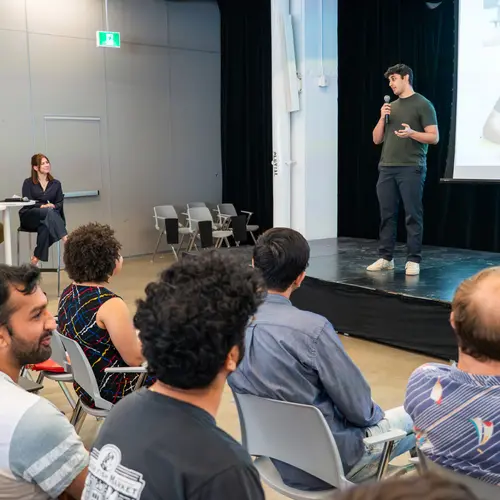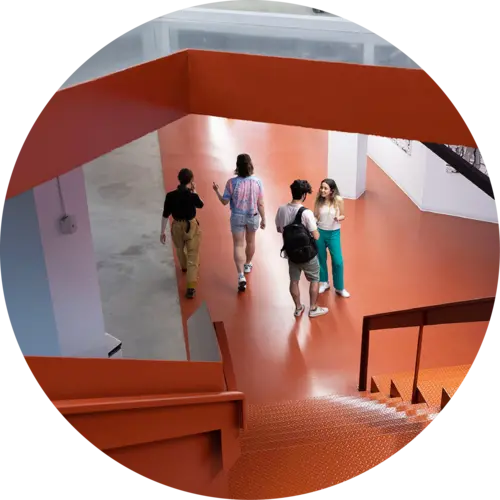
Guy Wolf
Biography
Guy Wolf is an associate professor in the Department of Mathematics and Statistics at Université de Montréal.
His research interests lie at the intersection of machine learning, data science and applied mathematics. He is particularly interested in data mining methods that use manifold learning and deep geometric learning, as well as applications for the exploratory analysis of biomedical data.
Wolf’s research focuses on exploratory data analysis and its applications in bioinformatics. His approaches are multidisciplinary and bring together machine learning, signal processing and applied math tools. His recent work has used a combination of diffusion geometries and deep learning to find emergent patterns, dynamics, and structure in big high dimensional- data (e.g., in single-cell genomics and proteomics).



